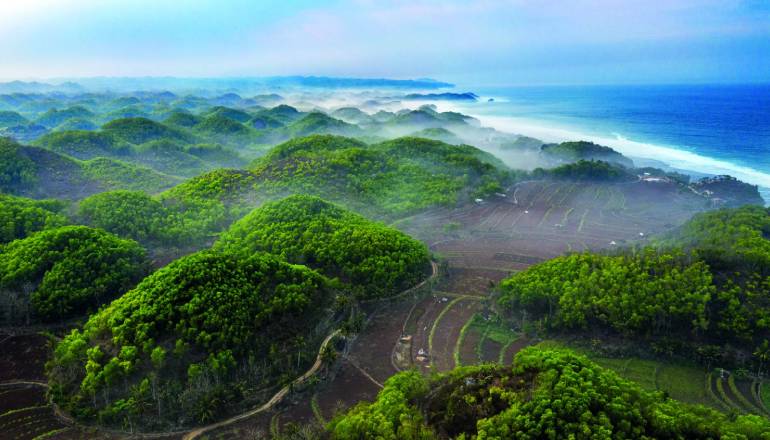The world is uniting to accelerate initiatives in a bid to meet the UN Sustainable Development Goals’ LDN targets 2030 deadline.
The UN Convention to Combat Desertification (UNCCD) has warned that to meet the Sustainable Development Goals’ LDN targets by 2030, 1.5 billion hectares of degraded land must be restored.
Alternatively, halting any new land degradation and accelerating existing commitments to restore 1 billion hectares can surpass the LDN target.
In a promising commitment, the report states that 109 countries have set voluntary Land Degradation Neutrality Target Setting Programme (LDN TSP) targets for 2030. 21 more countries are in the process of doing the same.
Between 2016 to 2019, sources globally donated $5 billion to combat desertification, land degradation, and drought. The initiative helped 124 countries tackle issues like drought, land degradation, and desertification, facilitating their TDN goal.
Caution:
The UNCCD report notes that the world has lost productive and healthy land due to degradation, and the rate is accelerating.
According to the report, 100 million hectares of arable land have been lost to degradation every year. Between 2015 and 2019, Eastern and Central Asia, Latin America, and the Caribbean saw the worst impact.
Based on national data compiled from 126 countries, the researchers asserted that the loss was twice the size of Greenland.
The impact:
Botswana has reduced land degradation in sub-Saharan Africa from 36% to 17%. The sub-Saharan African region is utilizing 45.3 million hectares for neutrality, including restoration and preventative measures. The country has identified 1.42 million hectares as bright spot areas, which have been restored using appropriate remediation techniques.
Between 2015 and 2019, the Dominican Republic experienced a decrease in its percentage of degraded land from 49% to 31%. Restoration work is ongoing on 240,000 hectares in the Yaque del Norte River basin and cocoa-producing regions of San Francisco de Macoris province.
Uzbekistan, in Central Asia, exhibited the highest degraded land percentage (26.1%). The drying up of the Aral Sea has led to the degradation of three million hectares of land in Uzbekistan. It planted saxaul on 1.6 million hectares between 2018 and 2022 to mitigate dust and salt emissions from the Aral Sea’s drained bottom.
Quotes:
Barron Orr, Chief Scientist, UNCCD, said, “Although global trends are going in the wrong direction, it is still possible to not only meet but exceed land degradation neutrality goals. This can be done by stopping further degradation while accelerating efforts on existing commitments to restore one billion hectares of land by 2030 with funding and action hand-in-hand.”
Ibrahim Thiaw, Executive Secretary UNCCD, said, “… we are seeing some bright spots. Countries are effectively tackling desertification, land degradation, and drought. As we gather in Uzbekistan next month, the message is clear: land degradation demands immediate attention.”
The report coincides with the 21st session of the Committee for the Review of the Implementation of the Convention scheduled to meet in Samarkand, Uzbekistan, from November 13–17, 2023.

